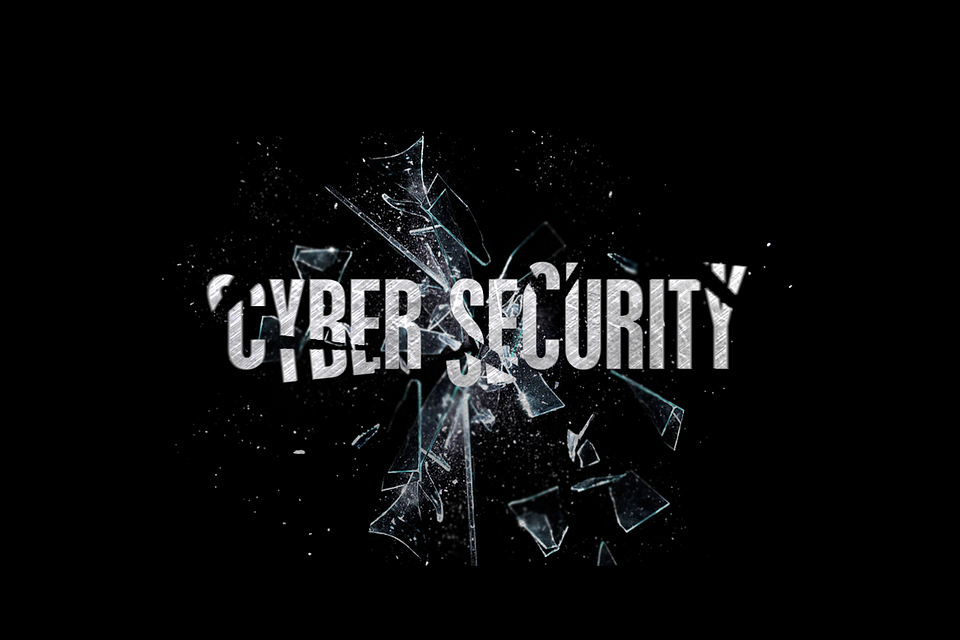The cybercrimes you need to be aware of
In the online world, your computer or smartphone, along with your information, is at risk in many different ways. Here are some of the key ones that you need to know about in order to be able to protect yourself.

Hacking
Most people have heard of hacking, but what exactly is it? Basically, it involves gaining unauthorised access to a computer system or data. This can be done for various reasons – to steal data, cause disruption or even to hold the system’s owner to ransom. Various different techniques may be used, but all have the same basic aims.
Malware
Viruses, worms, Trojans, spyware and more are all variants of malware. These are programs that are written in order to disrupt the operation of systems. They may look to steal personal and financial information, or open up a ‘back door’ to allow hackers to take control of the systems. Many types of malware also look to spread themselves via email or across networks.
Logic bombs
Logic bombs are a specific kind of malware that is designed to lie dormant until triggered by a specific event. This may be a particular date – like the notorious ‘Friday the 13th’ virus of the 1980s – https://www.latimes.com/archives/la-xpm-1989-01-13-mn-402-story.html or accessing a specific program. Often in the past, logic bombs have been left behind by disgruntled employees seeking revenge on a business.

Denial of Service attacks
Nowadays, we carry out more and more tasks online, whether it’s shopping or converting PDF to Excel documents via a site like https://pdftables.com/, and this requires access to a website. Denial of Service attacks are designed to bombard a website with traffic, slowing it down or making it unusable. These can be used to disrupt the operation of a business, or as cover for another attack to steal data.
Phishing
Phishing involves trying to trick you into revealing your login credentials for banks or other sites. It usually starts with an email, which may look legitimate, but contains a link to a fake site. You should never access sensitive sites via email links – always type the address yourself.
Spam
Unwanted email or spam is a problem we are all familiar with. The best way to deal with spam is to never respond to it, even to unsubscribe, as this just confirms that your address is active.


